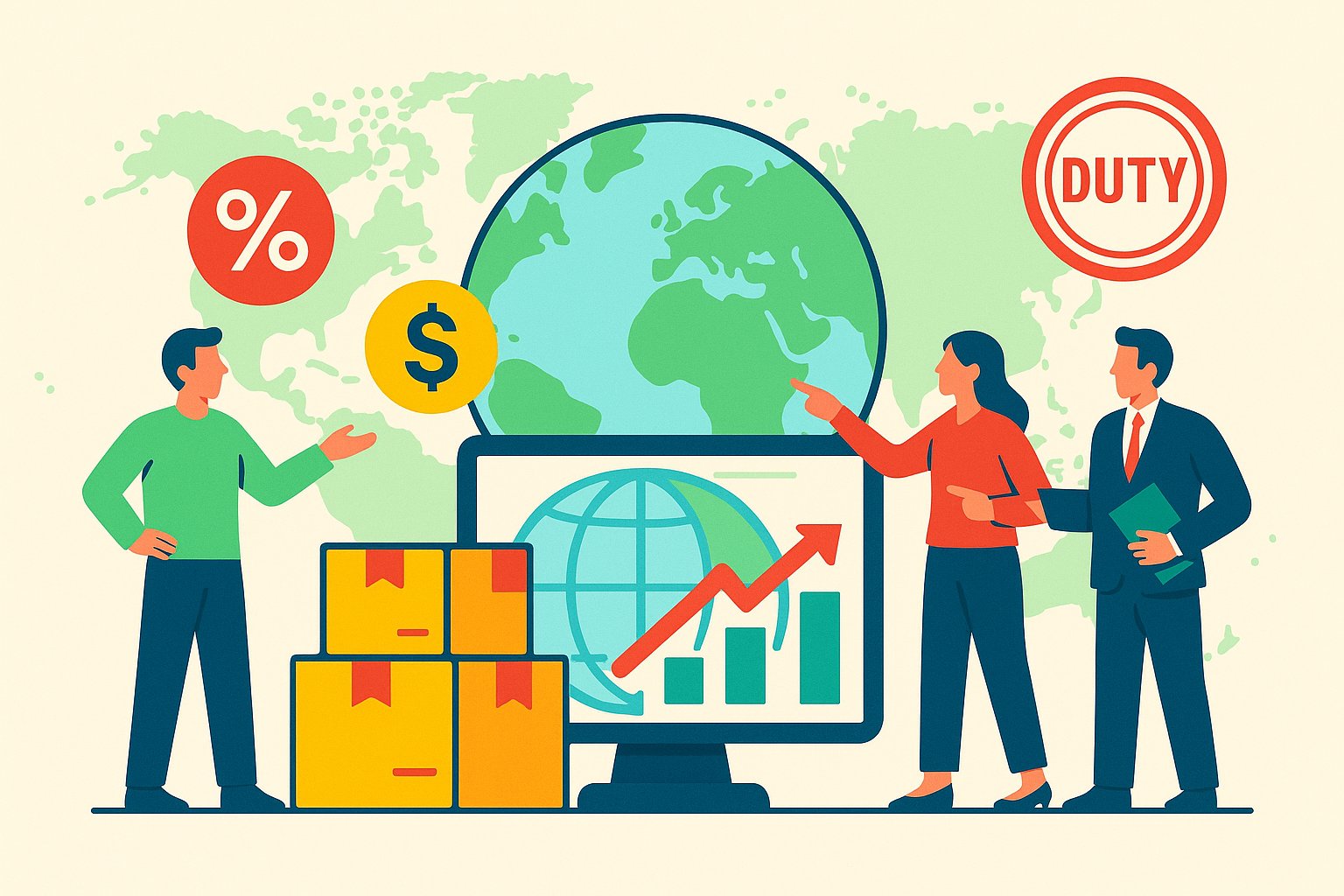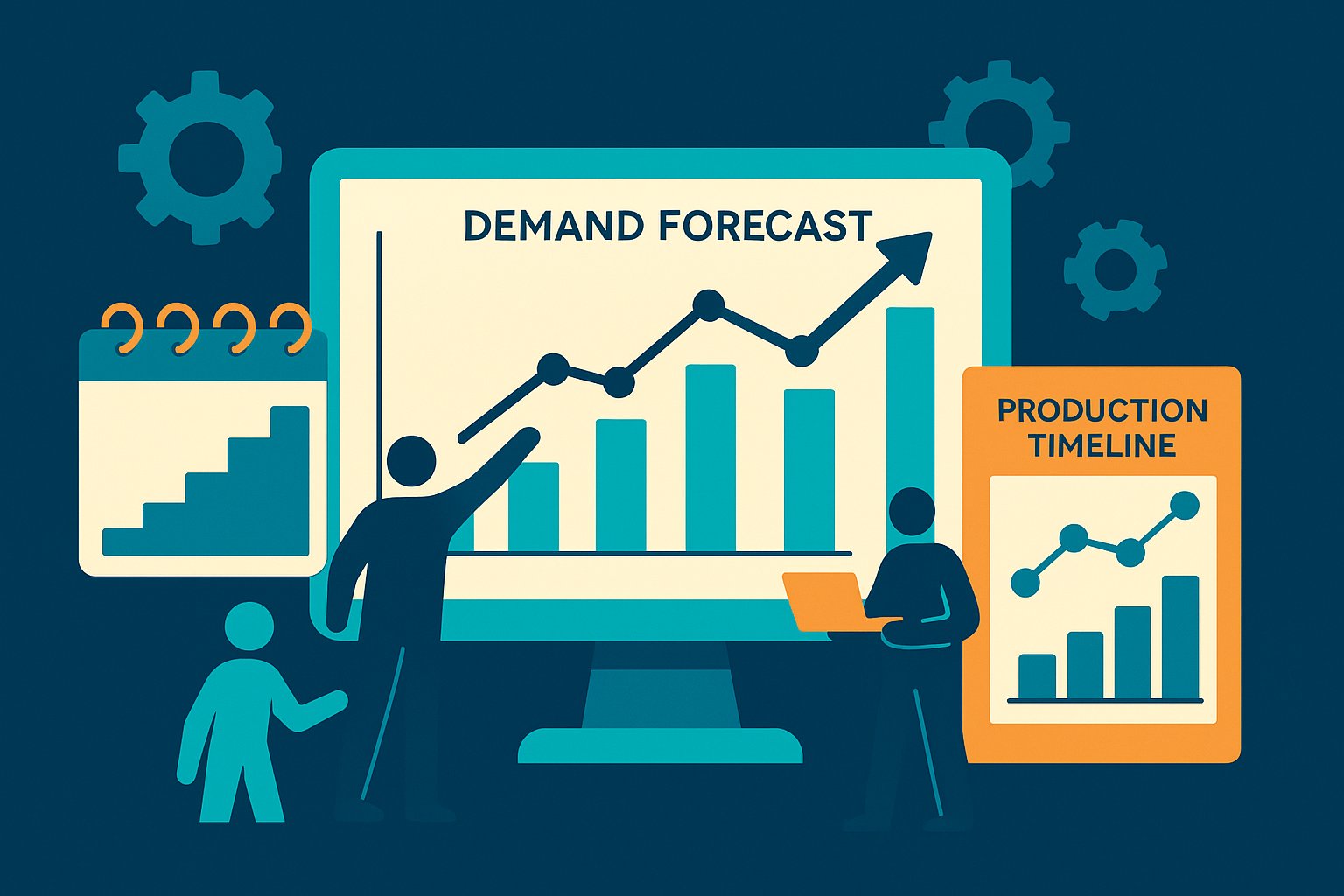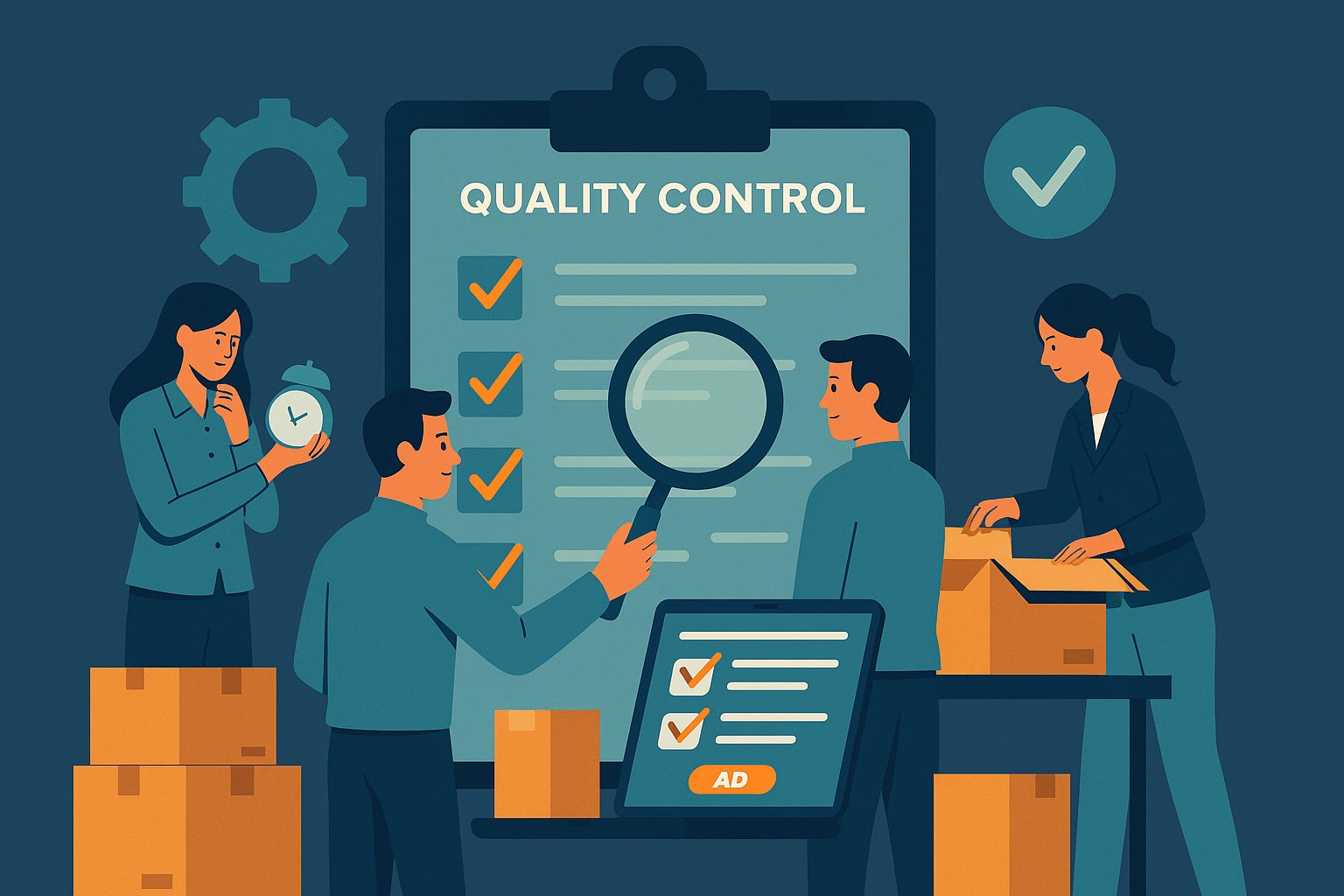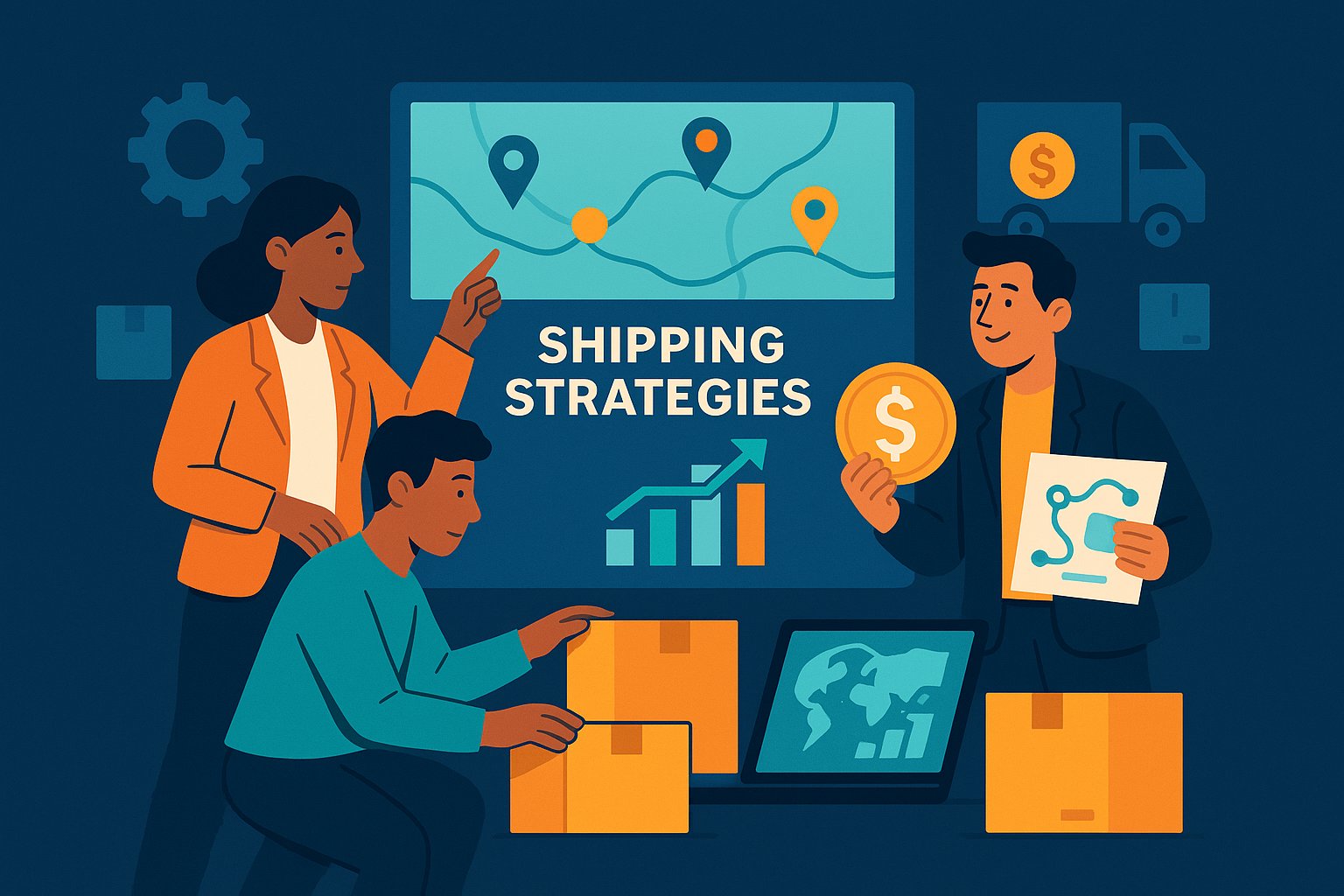Understanding the Global Trade Terrain: Why Tariffs and Duties Matter
When you decide to ship products across international borders, you’re entering a labyrinth where fees, regulations, and paperwork dance a complex tango. Tariffs and duties represent the gatekeepers of global trade, influencing your bottom line, customer satisfaction, and brand reputation. Ignoring them is akin to setting sail without a compass—you may never reach your destination, or you may be forced to pay exorbitant fees in unexpected harbors. For creators who crowdfund globally, the stakes are even higher: backers in multiple countries expect transparency, predictable costs, and timely deliveries. In this article, we’ll navigate the intricate world of tariffs and duties, equipping you with strategies to minimize surprises, optimize pricing, and build trust with supporters around the world.
Getting to Know Tariff Classifications
Every item you ship internationally must be classified under the Harmonized System (HS) code, a standardized numeric taxonomy used by customs authorities worldwide. Think of the HS code as a universal language that tells border officials exactly what is in your package—its materials, function, and commercial value. Assigning an accurate HS code is critical because even a single digit misclassification can lead to incorrect duty rates, shipment delays, or outright seizures. To start, research the primary material composition and intended function of your product. If you’re shipping an electronic gadget, determine whether it classifies as a communication device, a wearable accessory, or a peripheral. Next, consult the World Customs Organization’s HS database or partner with a customs broker to verify the correct code. Once you’ve pinned down the six-digit base code, register the full ten-digit or more granular subcode that reflects your product’s specific details. By investing time into precise tariff classification, you lay the groundwork for transparent cost calculations and smoother passage through customs checkpoints.
Unraveling Duty Rates: How Different Countries Tax Imported Goods
After you classify your product, next comes the daunting task of uncovering the duty rates each destination country imposes. Duty rates vary dramatically based on jurisdiction, product type, and bilateral trade agreements. For example, a simple T-shirt woven from organic cotton might incur a 10 percent duty in one country and be duty-free in another under a free trade agreement. Conversely, specialized electronics components could face a 15 to 20 percent tariff in certain regions lacking favorable trade accords. To navigate this patchwork, compile a country-by-country duty matrix that outlines duty percentages, exemption thresholds, and special import regulations. Start with your top five markets—perhaps the United States, Canada, European Union, Australia, and Japan—and research their official customs websites or partner with a freight forwarder who provides a duty database. Pay close attention to preferential trade agreements: if your product originates from a country with a free trade deal, you might qualify for reduced or zero-duty rates, provided you can verify “rules of origin” documentation. Armed with this information, you can forecast landed costs accurately and set product pricing that withstands international scrutiny.
Leveraging Incoterms: Deciding Who Pays What and When
Even after you know your HS codes and duty rates, you have to negotiate “who pays what” along the shipping journey. This is where Incoterms—international commercial terms—come into play. Common Incoterms include EXW (Ex Works), FOB (Free On Board), CIF (Cost, Insurance, and Freight), and DDP (Delivered Duty Paid). Each term assigns the responsibilities for shipping costs, insurance, customs clearance, and import duties between the seller and the buyer. For creators shipping to backers, consider using DDP when you want to guarantee a seamless experience. Under DDP, you cover all shipping, insurance, and customs expenses; the backer pays no additional fees upon delivery. However, DDP requires meticulous coordination with carriers to collect accurate duty estimates in advance. Alternatively, FOB means you deliver the goods to a named port, and the buyer—or in this case, the backer—becomes responsible for import clearance and duties. While FOB transfers the customs burden to the backer, it can lead to frustration if they are unfamiliar with local import procedures. Carefully weigh these trade-offs: DDP fosters superior customer experience but can inflate your cash flow requirements, whereas FOB offers cost certainty for you but shifts complexity onto your backers.
Mastering Documentation: Building a Customs-Ready Paper Trail
Even the smallest omission or clerical error in your paperwork can lead to customs delays that frustrate backers and inflate costs. A fully compliant export document package typically includes a commercial invoice, packing list, bill of lading or air waybill, and any necessary certificates of origin. The commercial invoice should list a detailed description of each item, its HS code, unit value, total value, and the declared currency. Avoid generic descriptions like “gadget” or “accessory”; instead, write “wireless Bluetooth earbud, model X200, plastic casing, lithium-ion battery.” The more specific your description, the more likely customs officials will process your shipment without unnecessary scrutiny. Your packing list must match the commercial invoice exactly, detailing the number of cartons, pallet dimensions, and gross and net weights. When shipping to countries with stringent regulations—such as Australia or Saudi Arabia—add specialized certificates like phytosanitary certificates for wooden packaging or electrical safety certifications for electronic devices. By assembling a complete, precise document set, you accelerate customs clearance and cultivate confidence with backers who know that their rewards won’t languish behind unprocessed paperwork.
Embracing Classification Audits: Ensuring Accuracy Over Time
Tariff codes, duty rates, and customs regulations are not set in stone—they evolve as trade policies shift and new products emerge. To maintain compliance and cost predictability, conduct periodic classification audits. An audit involves reviewing past shipments, verifying HS codes against current tariff schedules, and cross-checking actual duty payments against projected amounts. If you find that a product’s classification no longer aligns with the latest HS revisions—perhaps a new subcategory has been introduced—you can adjust your classification before the next shipment. Similarly, if bilateral trade agreements have changed, certain products may now qualify for reduced or zero rates. For instance, after a new free trade deal between two countries takes effect, electronics or textiles might see significant duty reductions. By regularly auditing your classification and duty payments, you avoid paying more than necessary and preempt audits from customs authorities. This proactive posture also instills backer confidence, as they know you’re committed to transparent, optimized pricing rather than hiding surcharges in last-minute surprise fees.
Harnessing Bonded Warehouses: Delaying Duty Payments Strategically
For creators with high-volume fulfillment needs, bonded warehouses offer a strategic advantage: they allow you to defer duty payments until the moment of distribution. Instead of paying duties when importing a large container into a destination country, you store goods in a customs-controlled warehouse. At that point, you only pay duties on the items that actually exit the facility and enter the local market. This tactic can be especially beneficial for multi-tiered reward fulfillment, where certain backer tiers may receive limited-edition variants or sample kits that sell out quickly. By housing a broad inventory in a bonded warehouse, you sidestep immediate duty liabilities on the unsold or reserved stock. When you dispatch items to backers, the warehouse operator handles the customs clearance and duty payment, streamlining your cash flow and reducing upfront costs. Of course, bonded storage incurs its own fees—storage charges and handling costs—so run the numbers carefully. If you anticipate shipping large batches to the same region over several months, the bonded warehouse model can deliver cost savings and operational flexibility.
Leveraging Customs Brokers and Freight Forwarders: Partnering for Expertise
Navigating global shipping is rarely a solo endeavor. Customs brokers and freight forwarders serve as your guides through the maze of cross-border regulations, paperwork, and carrier negotiations. A customs broker focuses on clearing goods through customs: they prepare and submit documentation, calculate duties, and liaise directly with customs authorities. Freight forwarders manage logistics: they consolidate shipments, negotiate carrier rates, and organize door-to-door delivery. By partnering with these professionals, you tap into specialized expertise that mitigates risk and reduces administrative overhead. When selecting a broker or forwarder, evaluate their experience with your product category—whether apparel, electronics, or printed materials—and their track record in your target markets. Solicit references from clients who ship similar items, and request performance metrics such as average customs clearance times and invoice accuracy. Cultivating a strong relationship with your broker or forwarder pays dividends: they alert you to regulatory changes, flag potential classification issues, and tailor shipping routes for maximum efficiency. In essence, they become your partners in global expansion rather than mere service providers.
Communicating Transparently with Backers: Setting Realistic Expectations
Even the most meticulously planned tariff strategies can’t fully immunize you against delays or extra fees. Political upheavals, sudden tariff hikes, or administrative backlogs can turn a two-day customs process into a two-week ordeal. To maintain credibility, weave tariff and duty considerations into your backer communications from the start. In your campaign FAQs and update posts, explain how you calculate landed costs—tariffs, duties, and shipping—and acknowledge that these figures represent best estimates subject to change. If you choose a DDP model, emphasize: “This price includes all import duties, so you won’t pay any additional fees when your package arrives.” If you adopt a DDU (Delivered Duty Unpaid) model, clearly outline: “You may be responsible for local duties; these vary by country and typically range from X to Y percent.” When delays occur—whether due to customs inspections or carrier reroutes—send timely notifications that detail the cause and expected timeline. By fostering transparent dialogue, you transform backers from passive recipients into informed partners who appreciate your dedication to a fair and predictable shipping experience.
Adapting to Regulatory Shifts: Staying Agile in a Dynamic Environment
Global trade policies are in perpetual flux. Governments impose new tariffs in response to geopolitical shifts, update compliance requirements to combat illicit trade, and refine free trade agreements that reshape duty landscapes. As a creator shipping internationally, you need an agile mindset that embraces these changes rather than resists them. Subscribe to trade news bulletins, customs authority newsletters, or industry trade associations to receive real-time updates on tariff modifications. When a new regulation surfaces—such as an increase in tariffs on electronic components imported into a specific region—have a predetermined process to reassess pricing, update your shipping FAQs, and adjust your landing cost calculations. If necessary, temporarily reroute shipments through a country with more favorable trade terms or seek alternate manufacturing locations to circumvent high-duty zones. By institutionalizing agility—where you monitor, evaluate, and pivot quickly—you insulate your project from the shocks of sudden regulatory changes and maintain a seamless experience for backers worldwide.
The Art of Harmonizing Costs and Customer Experience
Navigating tariffs and duties when shipping globally is a delicate balancing act. You must align accurate cost forecasting, robust documentation, strategic partnerships, and transparent communication, all while preserving an exceptional backer experience. Each element—HS classification, duty rate analysis, Incoterms selection, customs paperwork, bonded storage, broker partnerships, and agile regulatory monitoring—serves as a tile in a mosaic that spans continents. Get any tile out of place, and the picture fractures: underpaid duties lead to customs seizures; inaccurate classifications trigger audits; opaque communication breeds backer frustration. Yet, when you master these components, you build a resilient framework that transforms global shipping from a liability into a competitive advantage. Backers feel valued when duties are included upfront or clearly explained, fueling trust and long-term loyalty. By embedding tariff-savvy strategies into every phase—pre-campaign planning, live campaign management, and post-campaign fulfillment—you position your project to thrive on the global stage, ensuring that your crowdfunded dreams arrive intact, cost-effectively, and exactly as promised.




